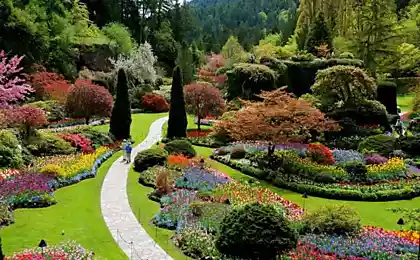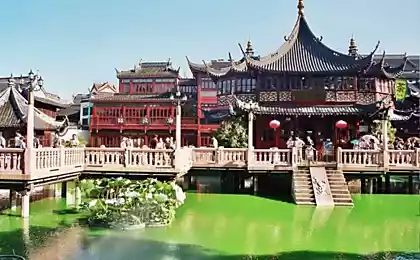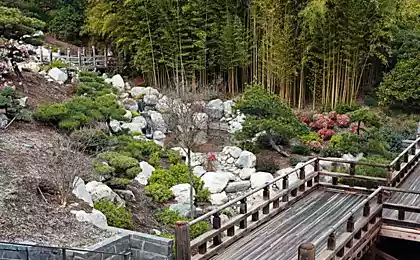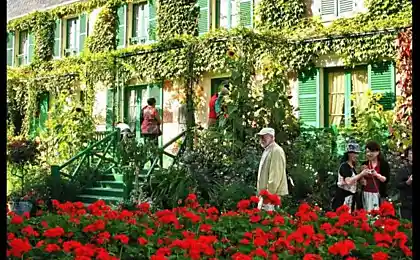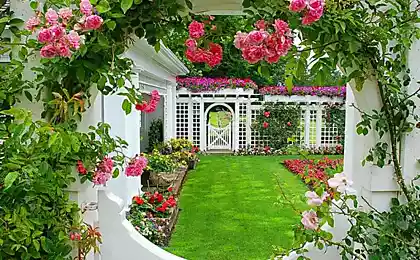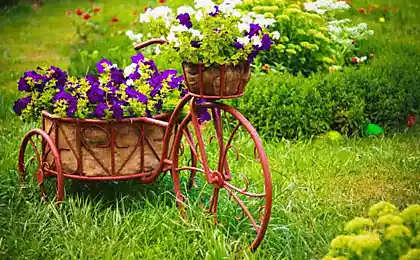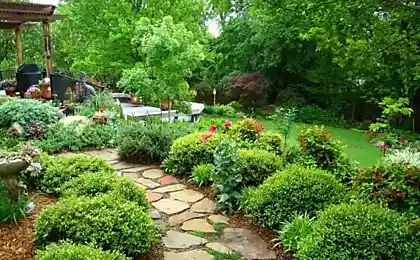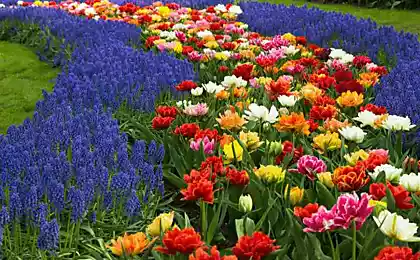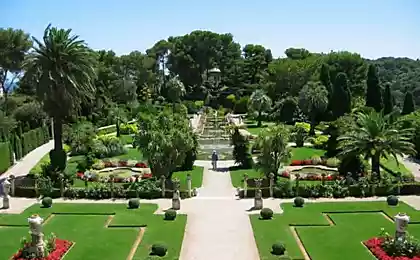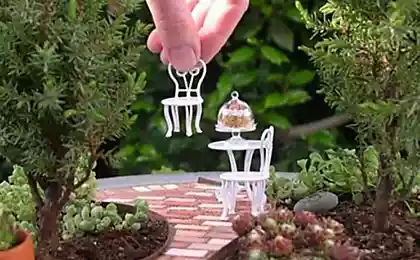1945
Moss garden
Many attractive gardens, moss can be seen in Kyoto - the ancient capital of Japan, where the mountains surrounding the city provide a constant humidity, and long summer rainy season create favorable conditions for the growth and survival of mosses. Perhaps the most famous of all "kokedera" or moss temples - Temple Koinzan Sayhodzhi (Koinzan Saihoji), located at the foot of the mountains in the west of Kyoto Koinzan.
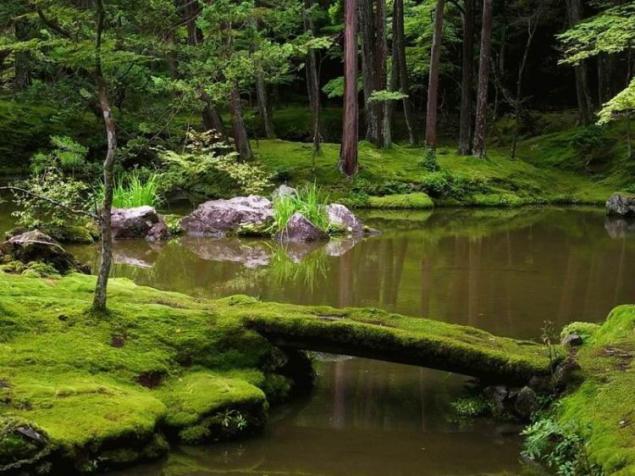
Mosses always been highly valued as a traditional attribute of a Japanese garden. Some of the Japanese gardens have been known since the 7th century AD. The earliest of them were based on Chinese traditions, but soon the Japanese gardens have acquired its own character and style, reminiscent of the Japanese landscape.
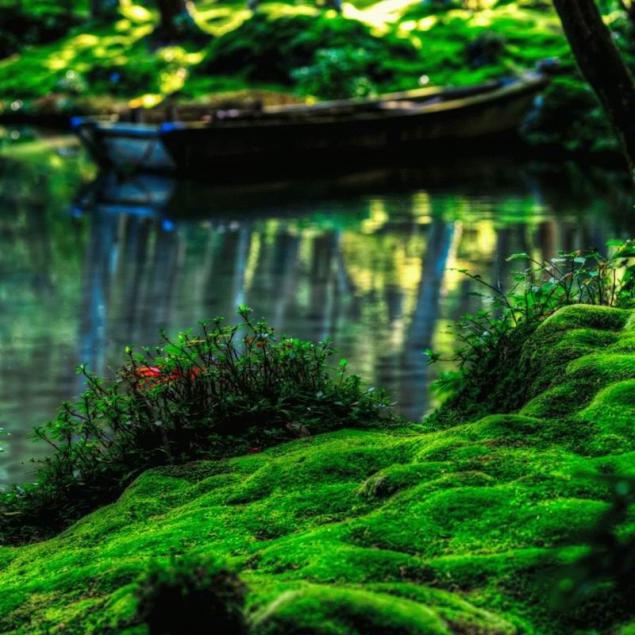
The idea of the garden reflects the philosophy of traditional Shinto, according to which the world is perceived as "filled with primeval forces of creation»
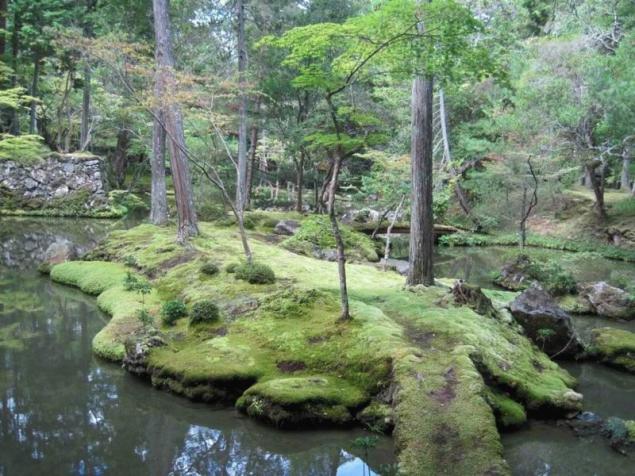
Leading the history of its origin with a modern twist to the era of feudalism in Japan (12-19 centuries), moss gardens have become part of the Japanese tradition. In Japanese, "koke" means "moss" and "dera" - "the temple sanctuary," hence the name of the temple (garden) moss "Kokedera».

A thousand years ago, Zen Buddhists monks wrote about mosses in gardens at the temples. Although the rest of the world is now just beginning to come to an understanding and tries to copy a balanced calm reigning in the gardens of moss.

This temple was founded in the Nara period monk Gyoki. During the civil wars the church was completely destroyed, and the garden was lost. In 1339, the famous teacher of Muso caucus began to restore the garden. After the master's death his disciples continued to work for a century. As the revival of the garden it naturally began to grow mosses, and Muso caucus made the foundation of the garden.
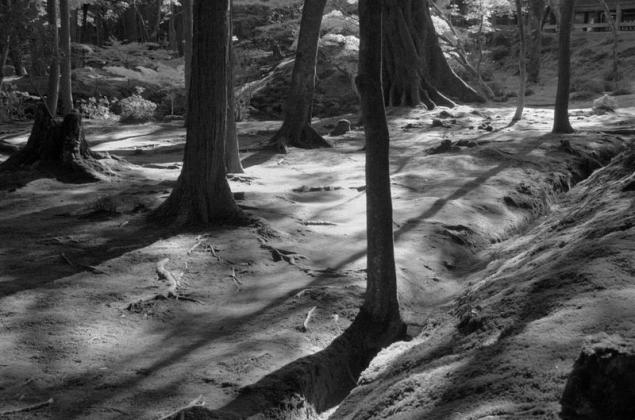
Today the garden Moss There are about 130 species. They are covered with a thick carpet of soil, rocks, bridges, islands, tree trunks. The famous garden is located at the eastern base of the temple. In the center of the garden is a pond that is shaped like the Chinese character "heart" or "mind" and consists of three small islands.
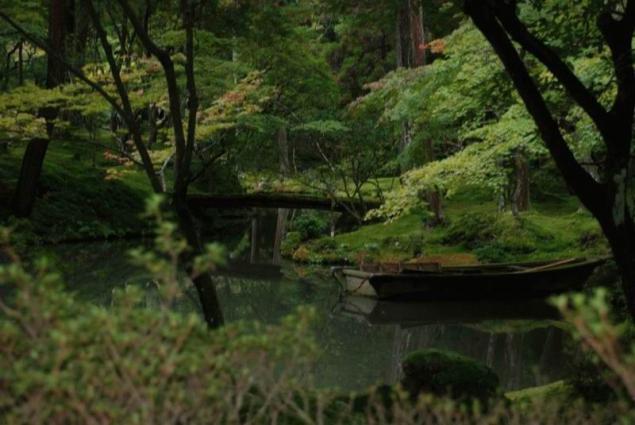
Garden Saiho-ji Temple is closed to public access.

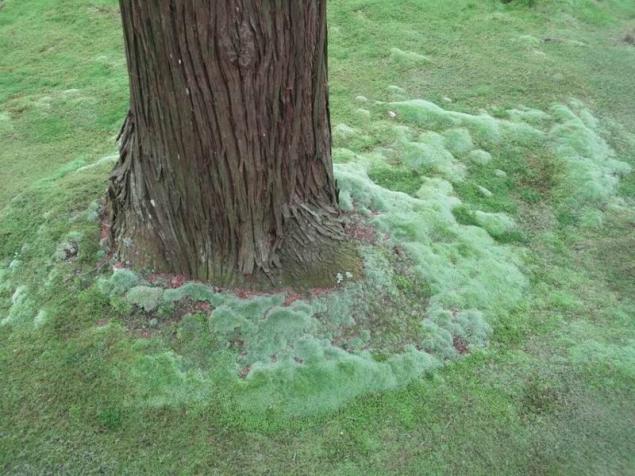

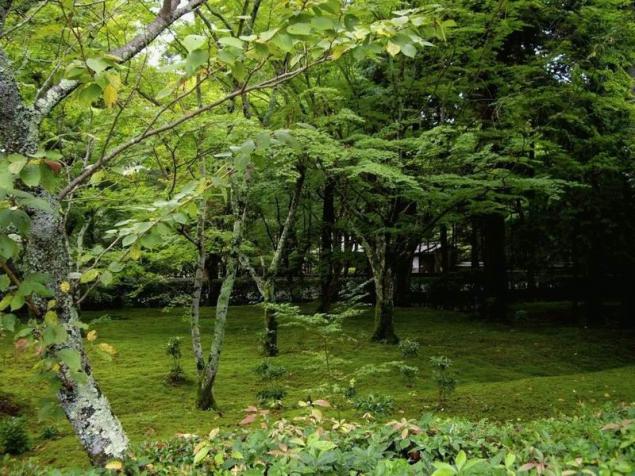
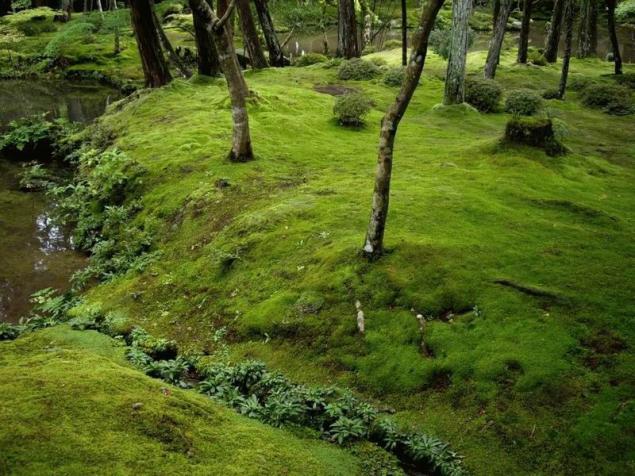
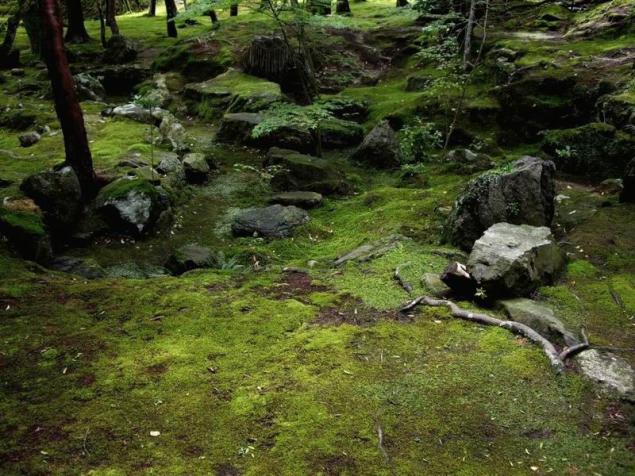

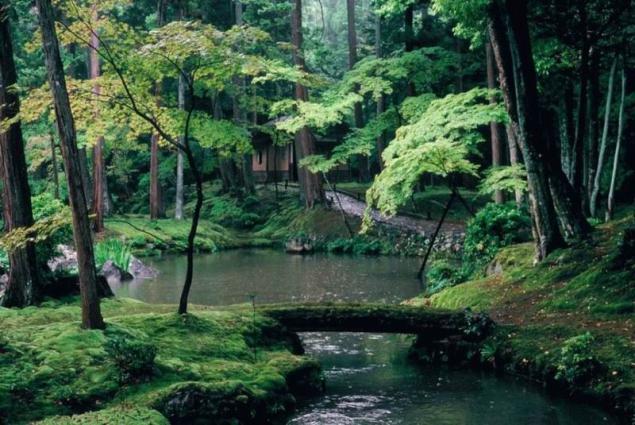
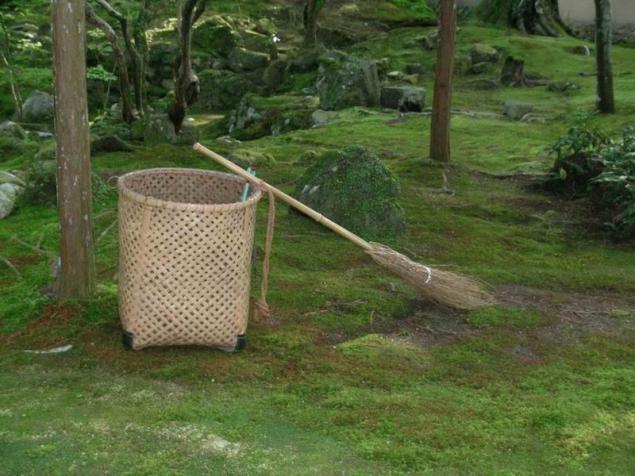
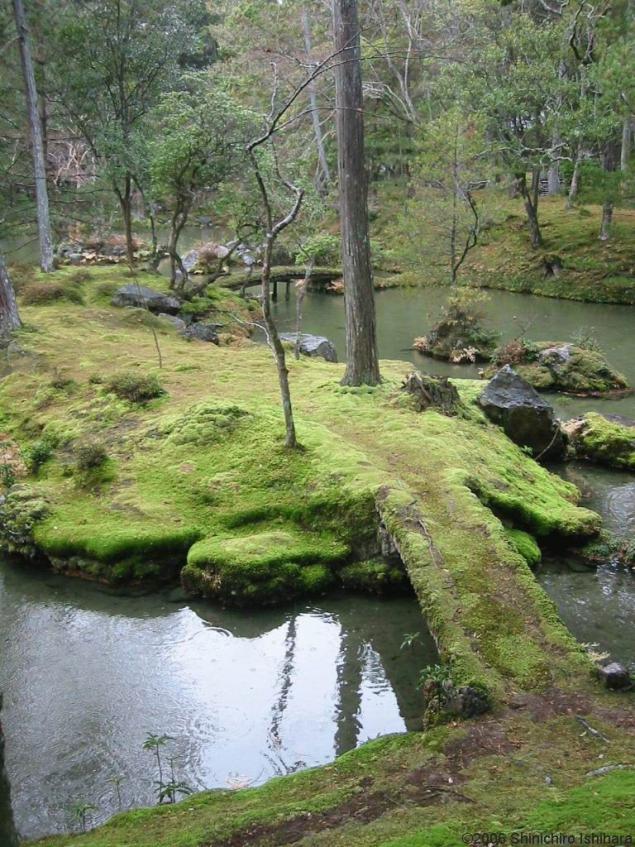
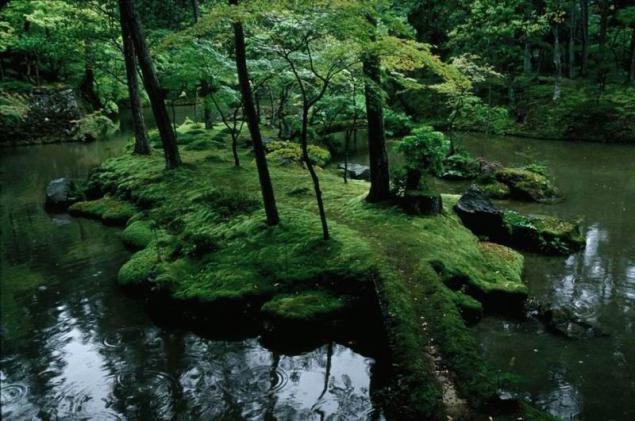

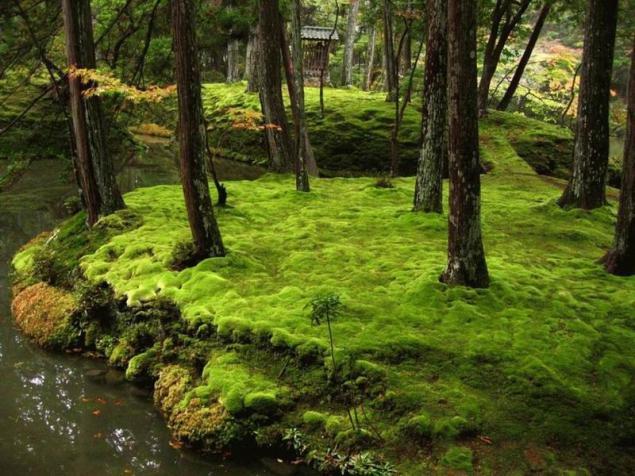
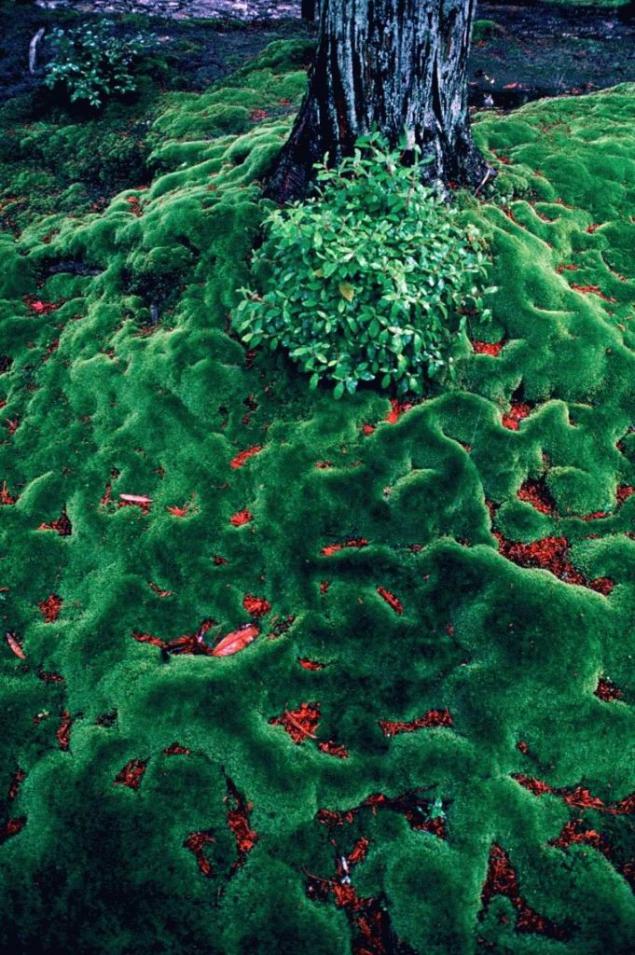
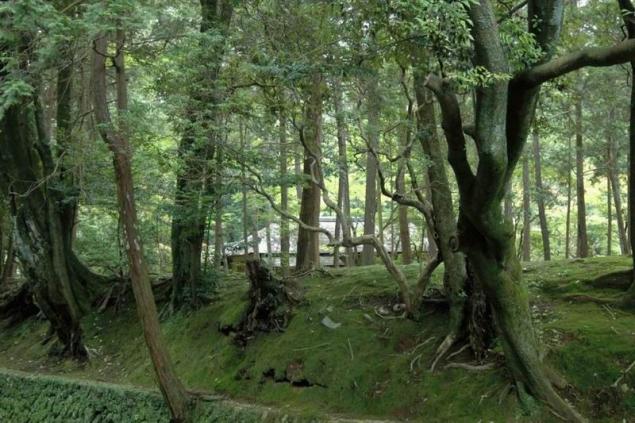
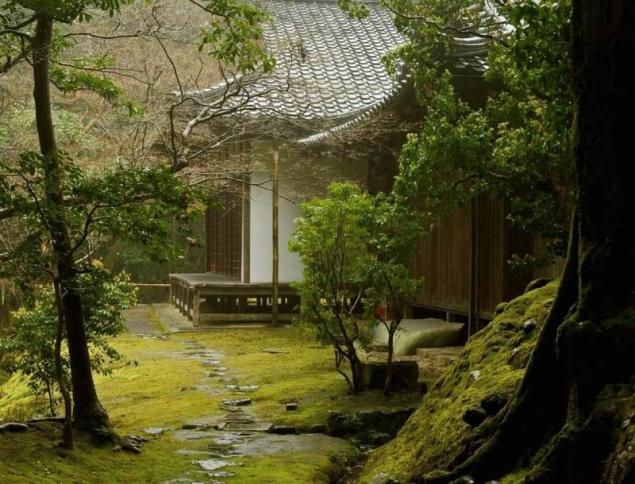


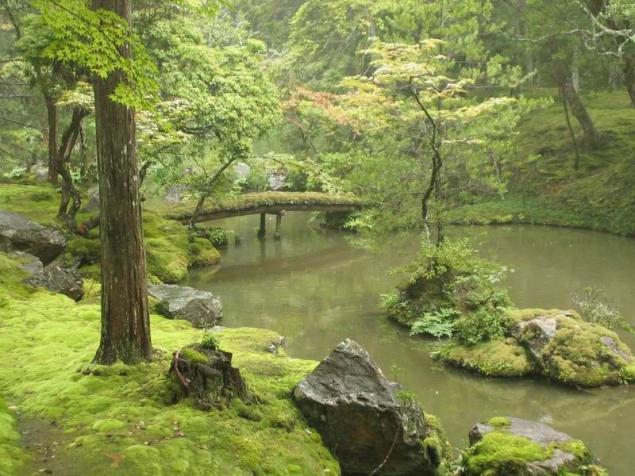
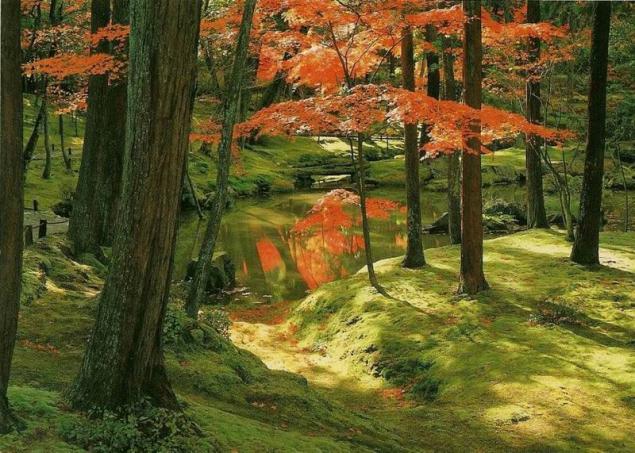
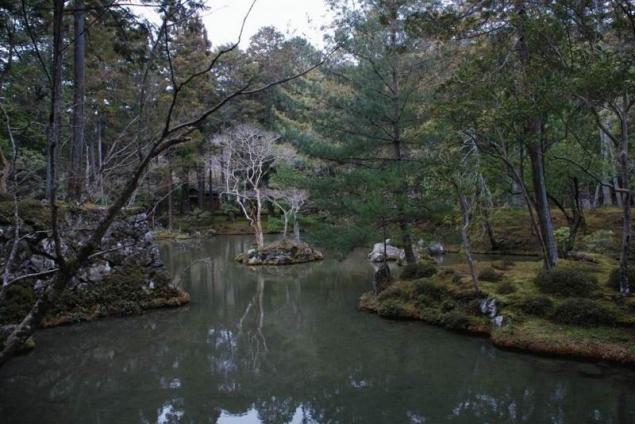
Source

Mosses always been highly valued as a traditional attribute of a Japanese garden. Some of the Japanese gardens have been known since the 7th century AD. The earliest of them were based on Chinese traditions, but soon the Japanese gardens have acquired its own character and style, reminiscent of the Japanese landscape.

The idea of the garden reflects the philosophy of traditional Shinto, according to which the world is perceived as "filled with primeval forces of creation»

Leading the history of its origin with a modern twist to the era of feudalism in Japan (12-19 centuries), moss gardens have become part of the Japanese tradition. In Japanese, "koke" means "moss" and "dera" - "the temple sanctuary," hence the name of the temple (garden) moss "Kokedera».

A thousand years ago, Zen Buddhists monks wrote about mosses in gardens at the temples. Although the rest of the world is now just beginning to come to an understanding and tries to copy a balanced calm reigning in the gardens of moss.

This temple was founded in the Nara period monk Gyoki. During the civil wars the church was completely destroyed, and the garden was lost. In 1339, the famous teacher of Muso caucus began to restore the garden. After the master's death his disciples continued to work for a century. As the revival of the garden it naturally began to grow mosses, and Muso caucus made the foundation of the garden.

Today the garden Moss There are about 130 species. They are covered with a thick carpet of soil, rocks, bridges, islands, tree trunks. The famous garden is located at the eastern base of the temple. In the center of the garden is a pond that is shaped like the Chinese character "heart" or "mind" and consists of three small islands.

Garden Saiho-ji Temple is closed to public access.





















Source







